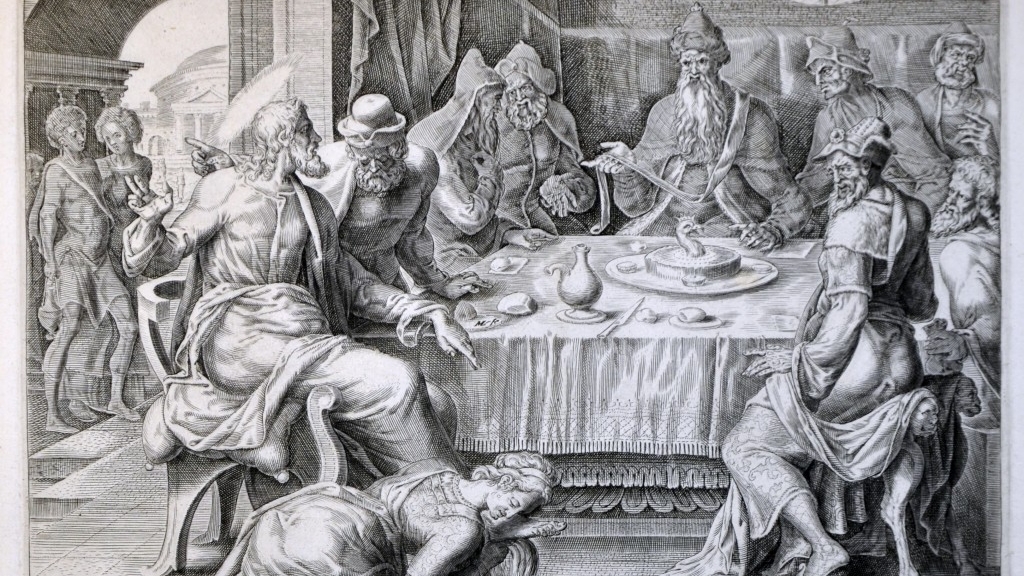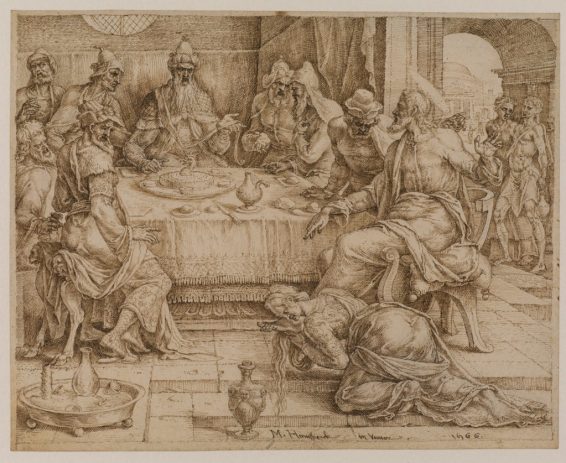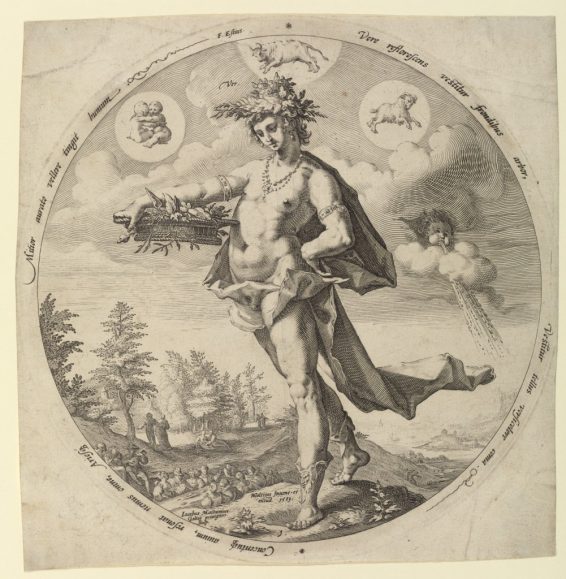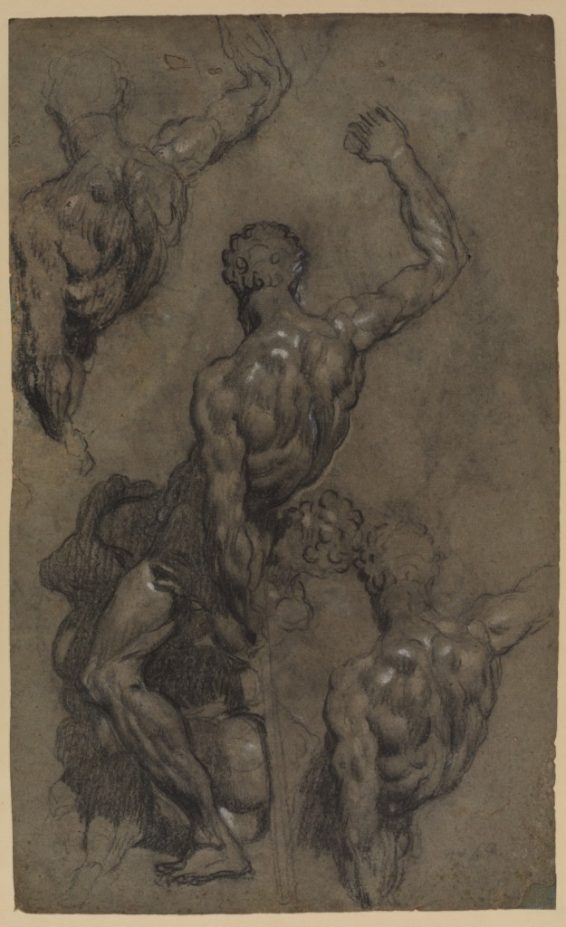
Replication
This section, which includes both drawings and prints, illustrates some of the ways images multiplied in the sixteenth century. Tracing and copying were established workshop practices for training pupils, preserving successful figures or compositions, and sharing designs. The drawing by Tintoretto in this section suggests the creativity that might stem from studying the work of another artist, in this case Michelangelo, not once but several times to capture its form. Yet the advent of printmaking, which permitted images to be produced in vast quantities, fundamentally reshaped the nature of the image in Europe. By mid-century print publishing had established itself as a major presence in European cities, giving rise to new cultures of artistic production and collecting while engendering a mobility of images and ideas on a scale hitherto unknown.
The print complicated notions of artistic originality and creativity. While some artists like Dürer designed and made their own prints, many engravers worked from the drawings of other artists, thereby apparently separating intellectual invention from mechanical production. Printmaking also had strong historic ties to the North, both in its history and its modern day success. Van Heemskerck and Goltzius, both represented by works in this exhibition, experimented with printmaking themselves but also cultivated teams of engravers to translate their work into print. That these prints gave rise to yet more images, including the unusual drawing of Spring, attests to the creative powers of print and points to our own era, in which new media continue to drive a profusion of images.








